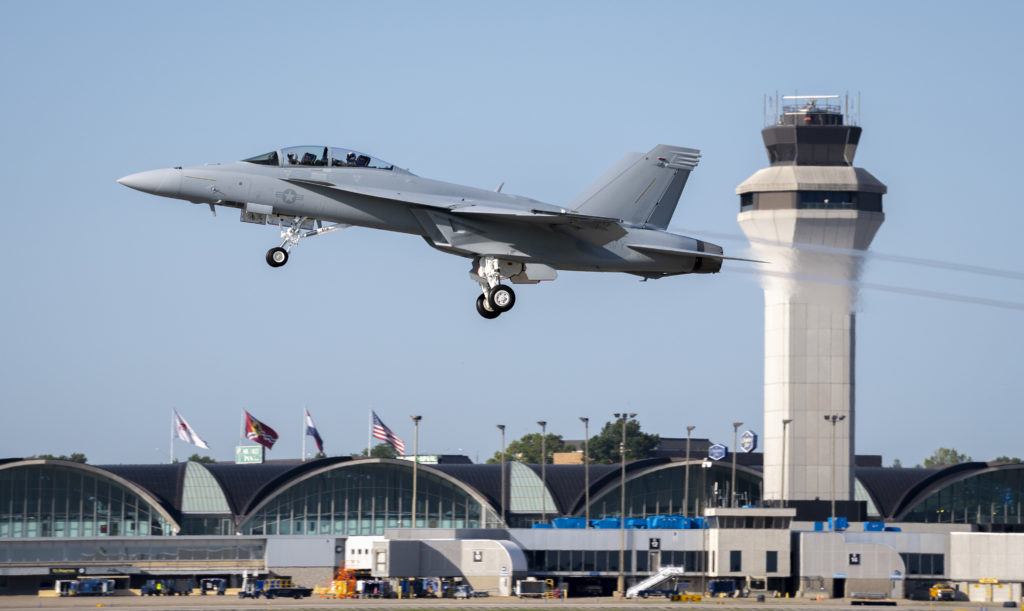- Reaction score
- 1,798
- Points
- 1,140
The thing is that it is not a binary thing; there is a lot of grey in those answers. The spectrum of threats the NORAD mission poses is very different than that of a Taiwan scenario. If Canada’s foreign policy doesn’t see us competing in Taiwan, there is no incentive to invest in capabilities to fight China.Silly me I thought that a Nations Air FORCE was supposed to do Air Force things.
I get part of your point - which is why I suggested the EA-18 designation - but if you only have 1 Fighter in your bag of tricks - it needs to be multi role capable against Peer/Near Peer threats - which means you don't always get a say in what threats you actually face - as sometimes the threat comes to you.
It is all well and good to say in a Coalition Environment that you will take certain roles - but over your Nations skies - you need be able to tango with the currently fielded aircraft of hostile actors. Based on that, I do not believe the Hornet family is a good or viable choice in that.
Now if you want to fold the fighter side of the RCAF - and ask us to cover the air - that is fine too -- but then invest in other enablers.
Don't try to snow the snow man that upgrading Hornets at this day and age is a good use of tax payer monies.
Any attempt like that just shows the Fighter mafia cares more about their empire than the CF as a whole, or Canada as a nation.
Even when if Canada wanted to get involved, to what level are we going to be involved? Supporting coalition with support aircraft (Strat Transport, AAR)? Maritime Patrol? Defensive Counter Air? Deep interdiction in contested airspace? Interdiction but in the peripheries? SEAD? DEAD? CAS when all the threats are taken care of? And what would be an acceptable level of risk for Canada conducting those missions?
All those questions bring different requirements in capabilities. Some mission sets could be done by Super Hornets. Others, not a chance in hell. The issue is that we do not have answers to almost all of those questions.
For NORAD, thinking that we need to be ready for Russia the same way we would if we were to go downtown Moscow is flawed. Threat concentration and threat types would be very different…



